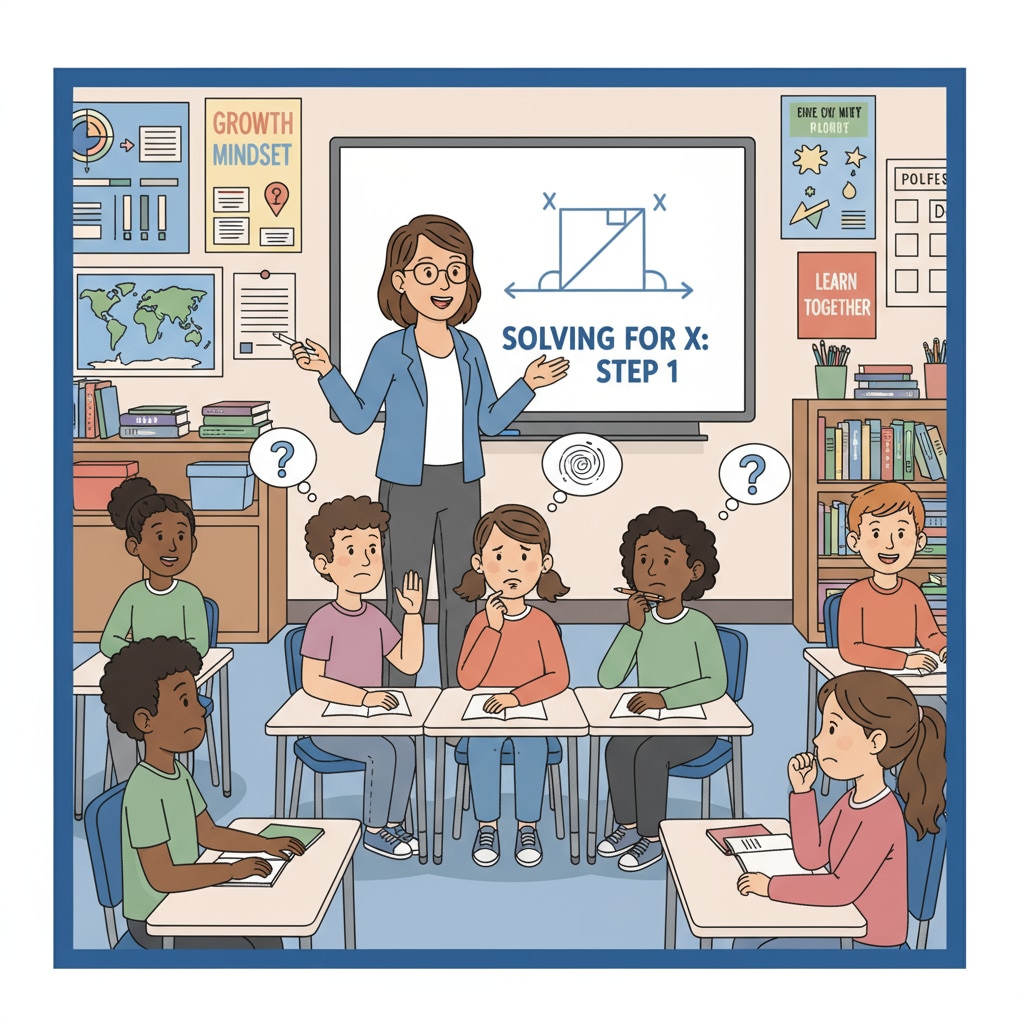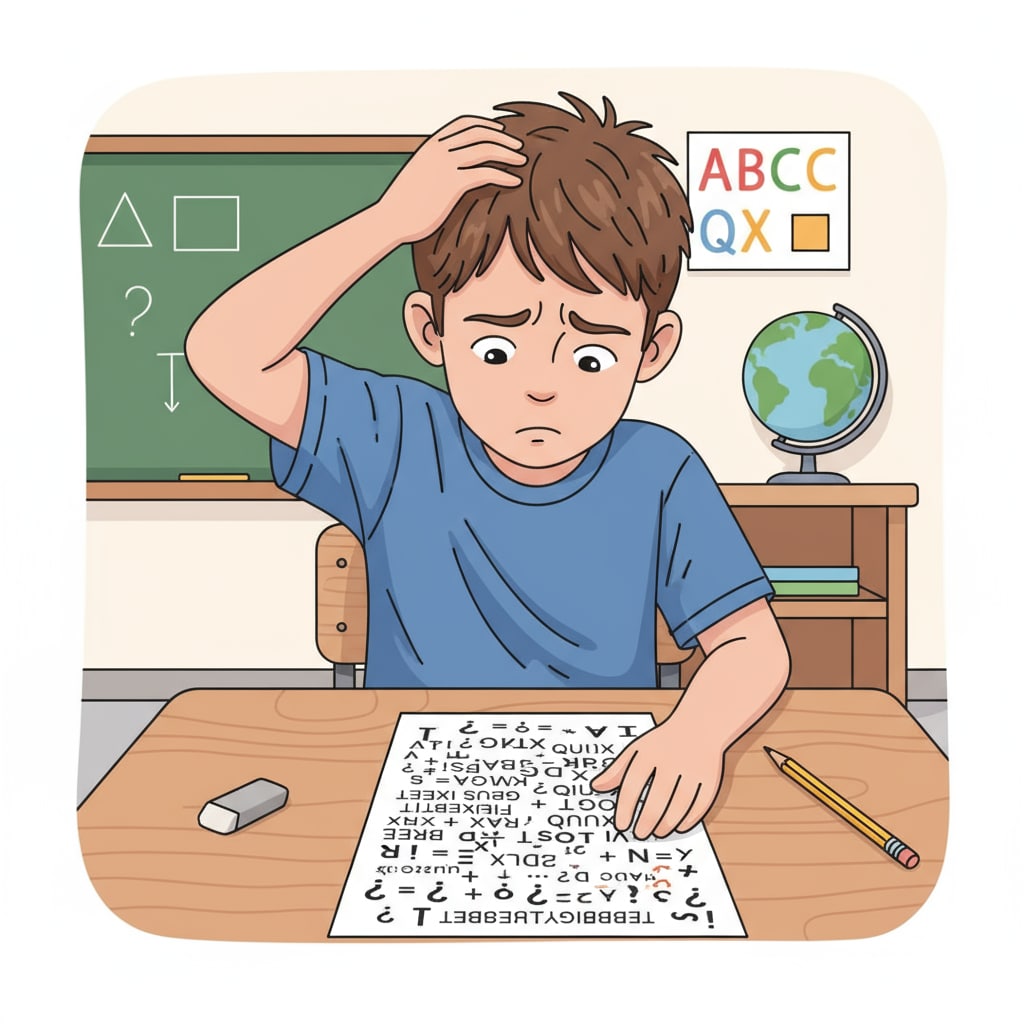In the realm of student instruction execution, special education, and teaching strategies, educators in 7th grade inclusive classrooms often encounter a significant challenge: students struggling to follow instructions. This issue can disrupt the learning environment and hinder academic progress. Let’s explore the reasons behind this and effective ways to address it.

The Hurdles in Instruction Execution
There are several factors contributing to students’ difficulty in following instructions. Firstly, students in inclusive classrooms may have diverse learning needs. Some might have learning disabilities, which could affect their comprehension of complex instructions. For example, a student with dyslexia may struggle to read and understand written instructions. Secondly, language barriers can also be a problem. In a diverse classroom, students from different cultural backgrounds may have different levels of proficiency in the language of instruction. As a result, they might misinterpret or not fully grasp the instructions given. According to Wikipedia’s page on Inclusive Education, creating an inclusive environment requires addressing these various challenges.

Effective Teaching Strategies
To overcome these challenges, teachers can adopt several teaching strategies. Simplifying instructions is key. Use clear and concise language, break down complex tasks into smaller, more manageable steps. For instance, instead of saying “Write an essay about your summer vacation with an introduction, body paragraphs, and a conclusion,” say “First, write a sentence about what you did during summer vacation. Then, write a few more sentences about the fun parts. Finally, write a sentence to end your story.” Another important strategy is using visual aids. Pictures, charts, and diagrams can enhance understanding. You can show a picture of the steps involved in a science experiment while giving instructions. As stated on Britannica’s page on Special Education, visual supports are highly beneficial for students with different learning styles.
Moreover, providing hands-on demonstrations can be extremely helpful. If you’re teaching a math concept, show students how to solve a problem on the board step by step. This gives them a clear visual and kinesthetic understanding. Additionally, allowing students enough time to process instructions is crucial. Don’t rush them; give them a moment to think and ask questions if needed.
Readability guidance: In this article, we’ve explored the challenges of students in 7th grade inclusive classrooms not following instructions. By understanding the factors behind this and implementing effective teaching strategies, we can create a more inclusive and productive learning environment. These strategies focus on simplifying instructions, using visual aids, providing demonstrations, and allowing processing time. These are all important aspects of improving student instruction execution in special education settings.


